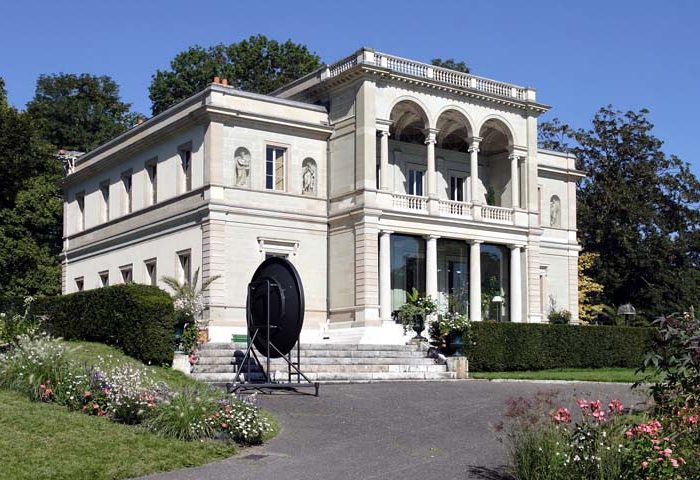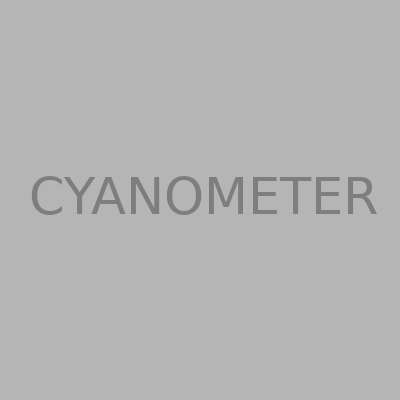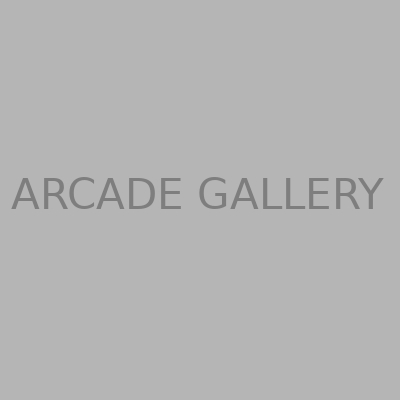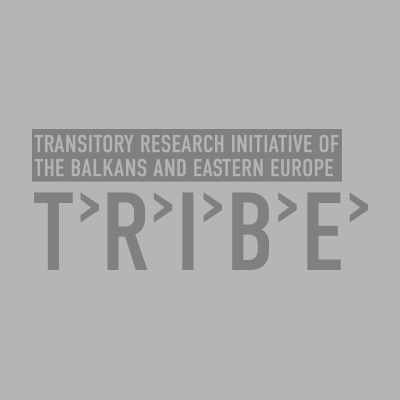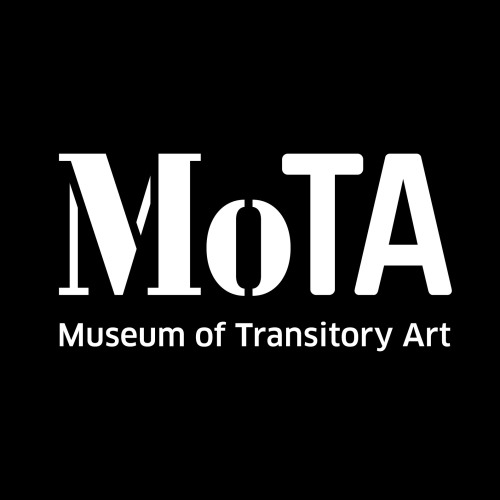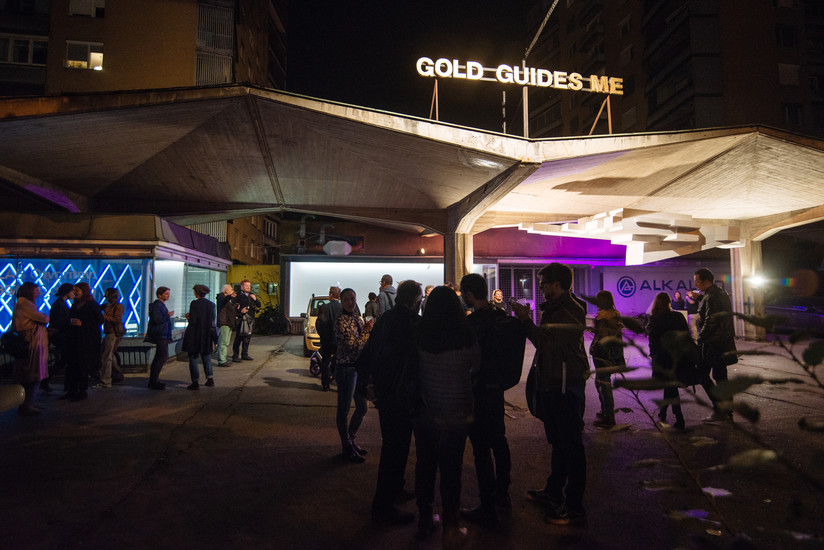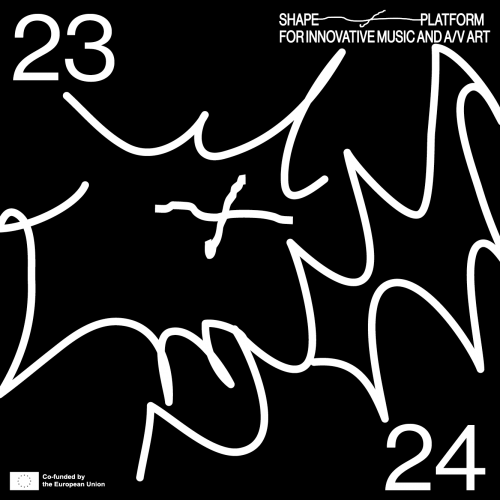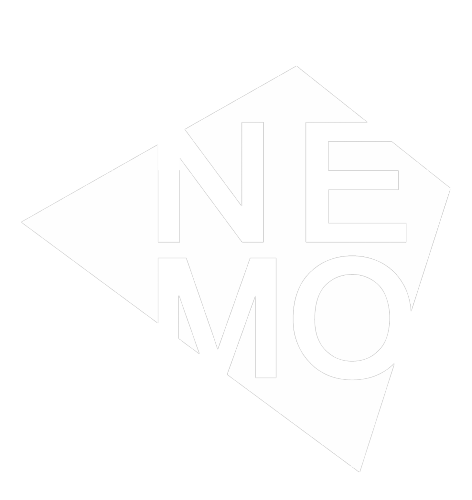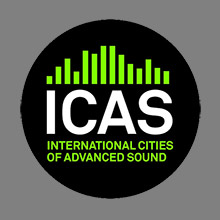The museum holds the permanent collection of the scientist Ferdinanc de Saussure,
including the original cyanometer that inspired Baraga’s Monument to the Blueness of the
Sky
9 July 2022, Geneva, Parc du Perle du Lac, Rue du Lausanne 128, Geneva
Opening event / vernissage: 9 July 2022 at 6 pm (as part of Night of Science)
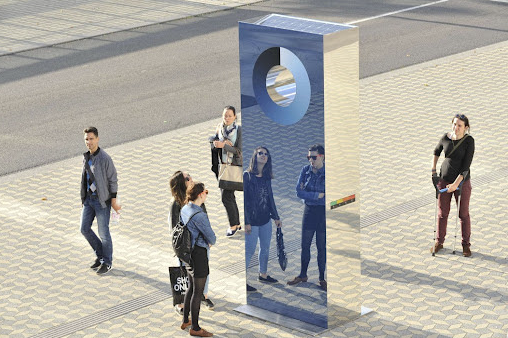
Photo: BoBo
The Cyanometer by Martin Bricelj Baraga is a monument to the blueness of the sky. It is
inspired by the original cyanometer invented by the Swiss physicist and Alpine explorer
Horace-Bénédict de Saussure. His cyanometer – a blue color wheel, forms the core of the
monument, gently directing our gaze back to the sky. The Cyanometer is both a monument
and an open source software that periodically collects images of the sky. The software
uploads images of the sky to the website, where it identifies the adequate shade of blue on
de Saussure's color wheel. Together with air quality data of Ljubljana, Wroclaw, Dresden
and Geneva, the Cyanometer website is creating a special kind of online archive and
retrospective calendar that is measuring and documenting the blueness of the sky.
In a cloud based world, the only clouds that really matter are the ones we see in the sky.
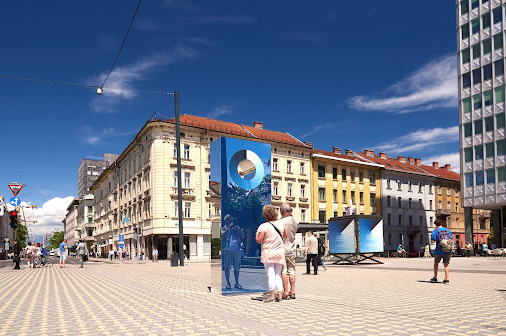
Photo: Iztok Medja
Baraga's Cyanometer opened Ljubljana – European Green Capital in 2016, and has since
been permanently installed on the Ajdovščina square in Ljubljana, directing visitors' gaze
towards the Alps, while at the same time providing a public tool for monitoring the quality
of the atmosphere, which it displays on a coloured scale. In 2017, Cyanometer was a guest
at one of the largest contemporary art biennales, WRO Biennial, in Wroclaw, Poland, where
it is permanently installed on the platform of Joliot-Curie Street, after it was well received by
residents and visitors alike and won the WRO biennale curators and critics award.
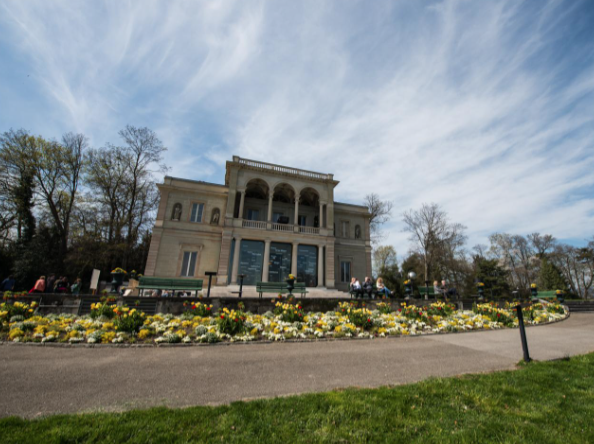
The Museum of the History of Science in Geneva holds the original cyanometer of de
Saussure and the entire collection of this great explorer and inventor in its permanent
collection. This year marks the 282nd anniversary of the birth of the man who not only laid
the foundations for mountaineering and meteorology, but is also considered the inventor of
the solar oven. To mark the occasion, the Museum of the History of Science is organising an
exhibition on Horace Benedict de Saussure and the Alps entitled "La montagne, laboratoire
des savants" ("The mountains, a laboratory for scientists"), accompanied by a varied
programme as part of the pan-European initiative Night of Science.
The Night of Science is an open-air event that showcases scientific research to the general
public through interactive presentations, games, screenings and lectures, with the aim of
bringing science closer to everyday life and detabooising the scientific world as inward-
looking and inaccessible. The project takes place in different locations in Geneva and will
bring together different institutions and organisations working in the fields of history,
science and research in joint activities oriented to the general public. This will be the fourth
time that the Museum of the History of Science will participate in the project.
The project was supported by Municipality of Ljubljana, Museum of History of Science Geneva,
Natural Museum Geneva, Agenda 21 – Municipality of Geneva and Embassy of the Republic of
Slovenia in Bern, Switzerland.
![]()

